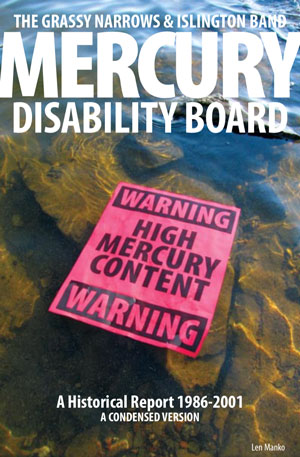Methylmercury is a substance made from mercury when it is combined with other chemicals, such as chlorine. Fish ate polluted foods poisoned by these substances. Grain treated with chemicals to control diseases affecting its kernels also poisoned people who ate them.
Some of the countries hit by this disease include Japan, 1953-65, Iraq, 1971-72, Pakistan, 1969, and Ghana, 1969. The most notable outbreaks occurred in Japan and Iraq.
The first recorded large-scale outbreak happened in Japan. The first four cases of the then mysterious disease were presented at the Minamata Health Centre in 1956. Mercury was involved in the process used by the industrial plants. They allowed the release of mercury-contaminated wastewater into Minimata Bay. Fish and shellfish were poisoned. Humans who ate them were consequently subject to this disease, now known as the Minimata disease. As of 1995, 2,200 people have been officially recognized as having this disease and over 10,000 displayed its symptoms. These were the first recorded cases of mercury poisoning contracted through the aquatic, or water food chain.
The world’s use of mercury has increased dramatically since World War II. It is used in many industries: agriculture, electrical, paint, leather tanning as well as paper production, to name just a few. Dentists used it for tooth fillings. Thermometers were made, using this compound.
In 1969 and 1970, scientists discovered that various kinds of fish from many lakes and rivers in Ontario, Quebec, Saskatchewan and Manitoba tested positive for unsafe levels of methylmercury. Lakes in Ontario mentioned regularly at this time included Lake St. Clair, Lake Erie, Clay Lake, as well as others. Over 200 lakes, scientists reported, were being monitored by Ontario government agencies.
People working and living on the English-Wabigoon River systems, studies showed, were being affected in ways similar to that of people in other parts of the world. The Royal Commission on the Northern Environment, 1977-78, established by the Ontario government, drew attention to the plight of those living on the two reserves under study. This was only one of the reasons that favourable legislation was finally passed in 1986.

